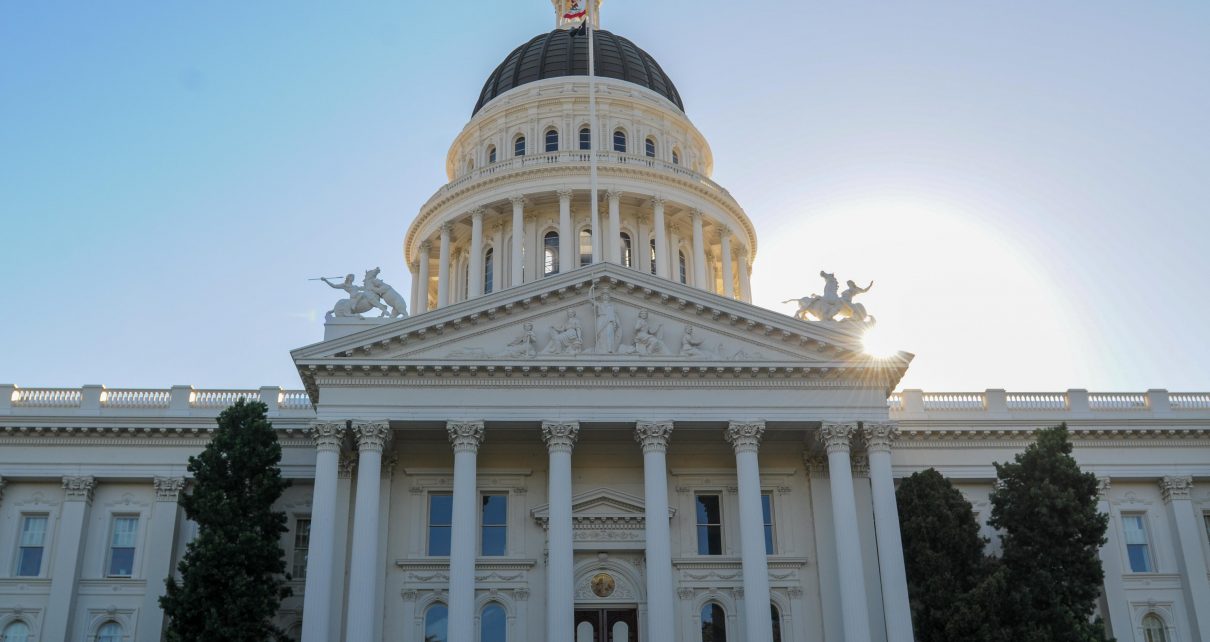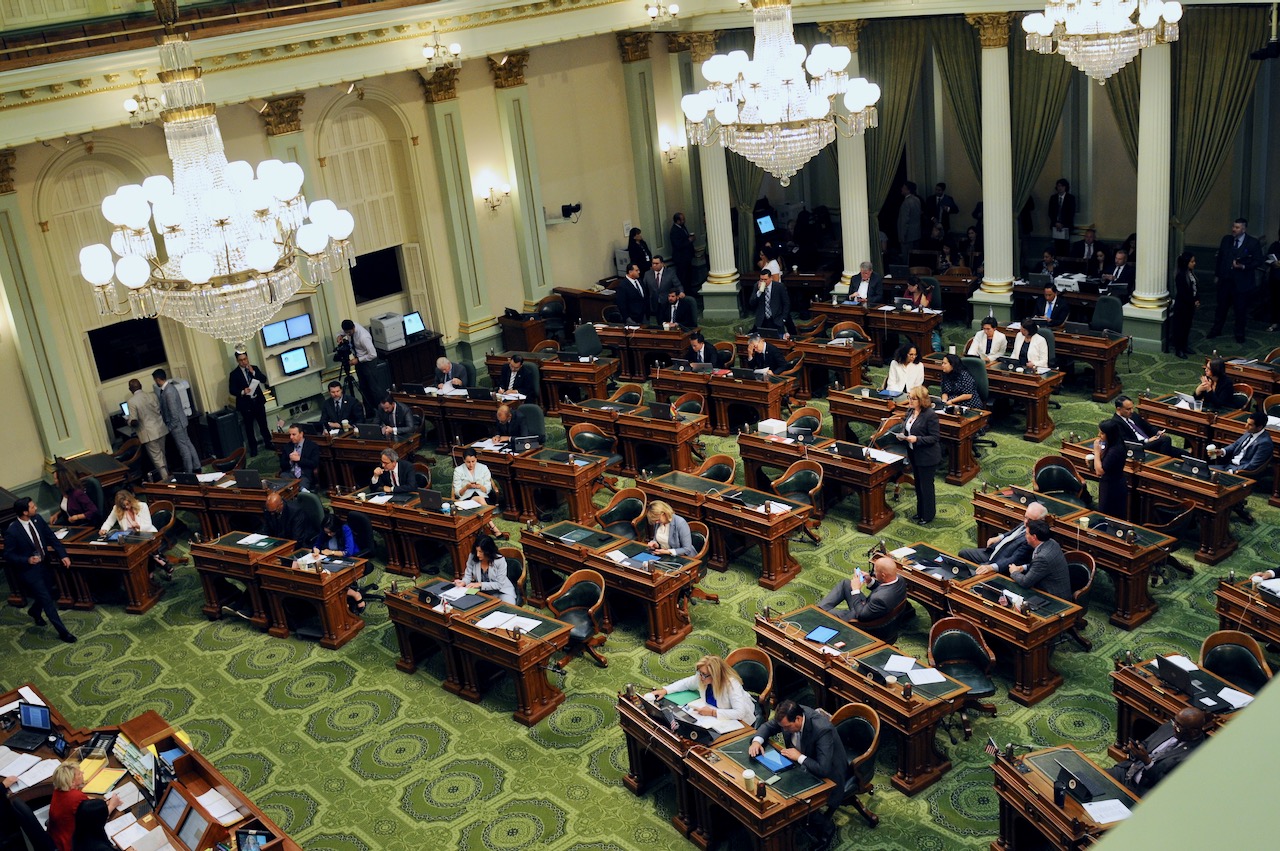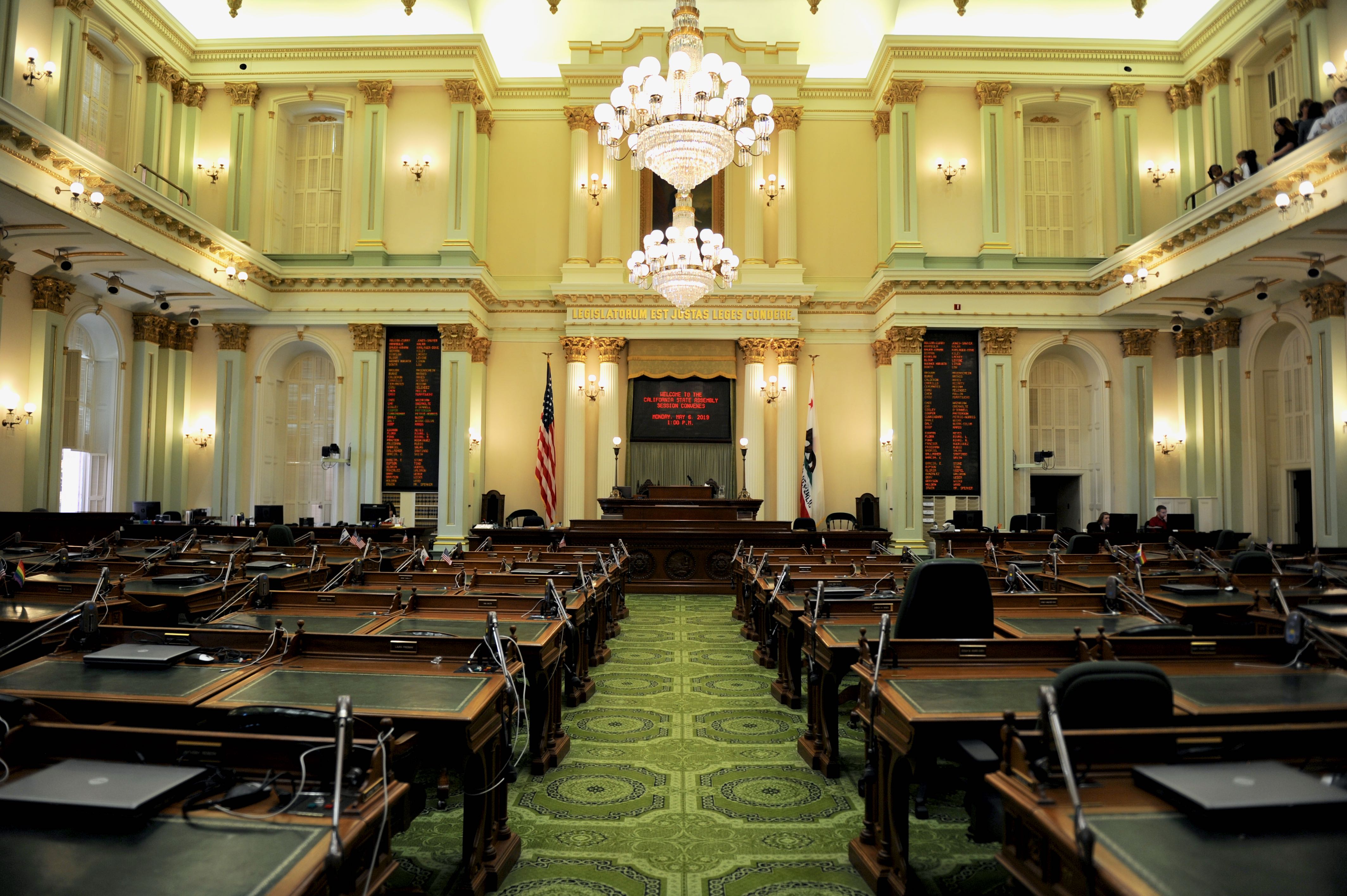
California State Capitol. (Photo: Kevin Sanders for California Globe)
Unique Provisions of California’s Budget Bill – Part III
The California state budget is the largest in the nation
By Chris Micheli, October 24, 2022 5:16 pm
The California state budget is the largest in the nation, and it also represents the largest bill in page length and number of provisions. While its provisions are too many to cover, there are a number of them that are unique and readers should be aware of them. This article is the third in a series.
So, what are some of these unique provisions of California’s Budget Bill?
General Sections and Definitions
The state budget bill, after all of the thousands of appropriations are made under the respective agencies, departments, boards, commissions, and other state entities, contains many pages under the title, “General Sections Statewide.”
These sections begin with provisions relates to salaries and other expenses incurred by the state entity or its employees. Moreover, the funds appropriated for capital outlay include the acquisition of real property that will be owned by the state, as well as other expenses, such as those incurred for acquiring the land. There are also special rules related to appropriations that are made pursuant to a schedule.
In addition, this section includes a series of definitions, including for the following terms: “programs”; “projects”; “studies”; “acquisition”; “preliminary plans”; “working drawings”; “construction”; “performance criteria”; “design-build”; and, “minor projects.” The following is the language related to these provisions found in the California State Budget:
SEC. 3.00.
Whenever herein an appropriation is made for support, it shall include salaries and all other proper expenses, including repairs and equipment, incurred in connection with the institution, department, board, bureau, commission, officer, employee, or other agency for which the appropriation is made.
Each item appropriating funds for salaries and wages includes the additional funds necessary to continue the payment of the amount of salaries in effect on June 30, 2022, for the state officers whose salaries are specified by statute.
Whenever herein an appropriation is made for capital outlay, it may include acquisition of land or other real property to be owned by the state. It may also include minor projects, studies, specifications, design, construction, and equipment necessary in connection with a construction, repair, or improvement project on state-owned or state-leased property.
Whenever herein any item of appropriation contains provisions for acquisition of land or other real property, it shall include all necessary expenses in connection with the acquisition of the property.
Whenever herein an appropriation is made in accordance with a schedule set forth after the appropriation, the expenditures from that item for each program or project included in the schedule shall be limited to the amount specified for that program or project, except as otherwise provided in this act. Each schedule is a restriction or limitation upon the expenditure of the respective appropriation made by this act, does not itself appropriate any moneys, and is not itself an item of appropriation.
DOF Transfers
This section allows the Department of Finance to transfer fund among individual capital outlay items of appropriations in specified instances. It also expresses the intent of the Legislature in this regard. The following is the language often found in the California Budget Bill:
SEC. 3.10.
Notwithstanding any other law, and in accordance with legislative intent, the Department of Finance may authorize subschedule transfers, as defined in Section 3.00, within individual capital outlay items of appropriation in those instances where the transfers are necessary for the efficient and cost-effective implementation of the projects funded by this act.
Charges for Salaries and Wages
This section sets forth all of the benefits that come with the appropriations for salaries that are paid to state entity employees, as well as other employee benefits and administrative costs.
SEC. 3.50.
Whenever an appropriation is made for support or other expenses for an institution, department, board, bureau, commission, officer, employee, or other agency, the following shall be charged to the appropriation from which salaries and wages are paid: workers’ compensation, compensation paid to employees on approved leave of absence on account of sickness, unemployment compensation benefits, industrial disability leave and payments, nonindustrial disability benefits and payments, the administrative costs of the Merit Award Program provided by Section 19823 of the Government Code, the state’s contribution to the Public Employees’ Retirement Fund as provided by Sections 20822 and 20824 of the Government Code, the state’s contribution to the Teachers’ Retirement Fund as provided by Sections 22950, 22951, and 23000 of the Education Code, the state’s contribution to the Old Age and Survivors’ Insurance Revolving Fund as provided by Sections 22601 and 22602 of the Government Code, the state’s contribution to the Old Age and Survivors’ Insurance Revolving Fund for payment of hospital insurance taxes imposed by the Internal Revenue Code, the state’s contribution to the Public Employees’ Contingency Reserve Fund, the state’s contribution for the cost of health benefits plans as provided by Sections 22871, 22881, and subdivision (b) of Section 22883 of the Government Code, and the state’s contribution for costs of other employee benefits and the administrative costs associated with the provision of benefits established by any state agency legally authorized to negotiate and set salary and benefit levels.
As of the effective date of this act, the state’s contributions, as provided by Sections 22871, 22881, and subdivision (b) of Section 22883 of the Government Code, for costs of any other employee benefits and the administrative costs associated with the provisions of these benefits established by any state agency legally authorized to negotiate and set salary and benefit levels for any month shall be charged to the same appropriations used for payment of salaries and wages from which the employee premium contributions for such month are deducted.
Retirement Contributions
This section deals with employers’ retirement contribution for the current fiscal year for those officers and employees who are members of CalPERS and or the judges’ retirement system. It also specifies the percentages for the employer contributions for retirement benefits.
SEC. 3.60.
(a) Notwithstanding any other law, the employers’ retirement contributions for the 2022–23 fiscal year that are chargeable to any item with respect to each state officer and employee who is a member of the Public Employees’ Retirement System (PERS) or the Judges’ Retirement System II and who is in that employment or office shall be the percentage of salaries and wages by state member category, as follows:
Contributions for Prefunding Benefits
This section deals with contributions that are appropriated in order to “prefund” other postemployment benefits for state officers and employees. The individual bargaining units are specified and the Director of Finance has the authority to adjust amounts in any appropriation item or category in specified instances.
SEC. 3.61.
Contribution to Prefund Other Postemployment Benefits.
(a) Notwithstanding any other law, the employers’ contribution for prefunding other postemployment benefits for the 2022–23 fiscal year that are chargeable to any item with respect to each state officer and employee who is a member of the Public Employees’ Retirement System, the Judges’ Retirement System, the Judges’ Retirement System II, or the Legislators’ Retirement System and who is in that employment or office shall be the monthly dollar amount or the percentage of pensionable compensation by bargaining unit, retirement category, fund source, or state office, department, division, board, bureau, commission, organization, or agency, as follows:
- Enforcement of the UCCJAEA - December 22, 2025
- Declaratory Relief - December 22, 2025
- Second Quiz on Where Areas of Law Are Found in the California Codes - December 21, 2025





One thought on “Unique Provisions of California’s Budget Bill – Part III”